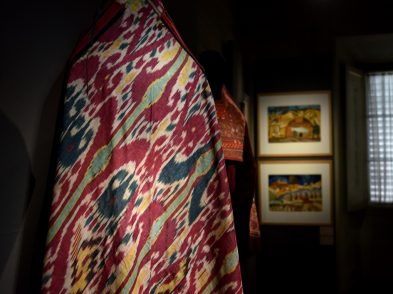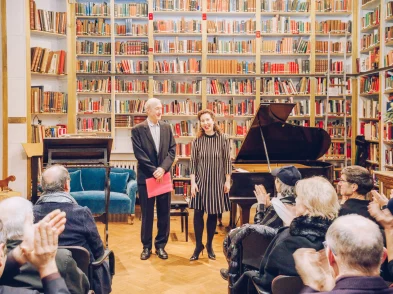In the Middle Ages, artists had little flexibility for expression, especially when painting devout themes with moral undertones. Renaissance iconography continued to be religious and mythical, but it became more common for artists to depict the human form. By the 16th century, still-life had evolved considerably, and painters started to use both humans and natural objects as subject matter, which enhanced the illusion of scientific perspective in the new study of humanism. Paintings became both artistically rich and scientifically accurate, which facilitated the development of a new system of botanical classification.
It is said that Caravaggio painted his Bacco as a gift to Ferdinand I de’Medici in the late 1590s. This work, depicting Bacchus, the god of wine, was originally placed in the Medici villa at Artimino, and is now currently in the Uffizi. The painting includes a large still-life in the foreground that supposedly inspired the Medici family to collect still-life paintings for all their country villas. Thanks to the Medici’s fondness for still-life, this style soon developed into a separate genre in Italy.








